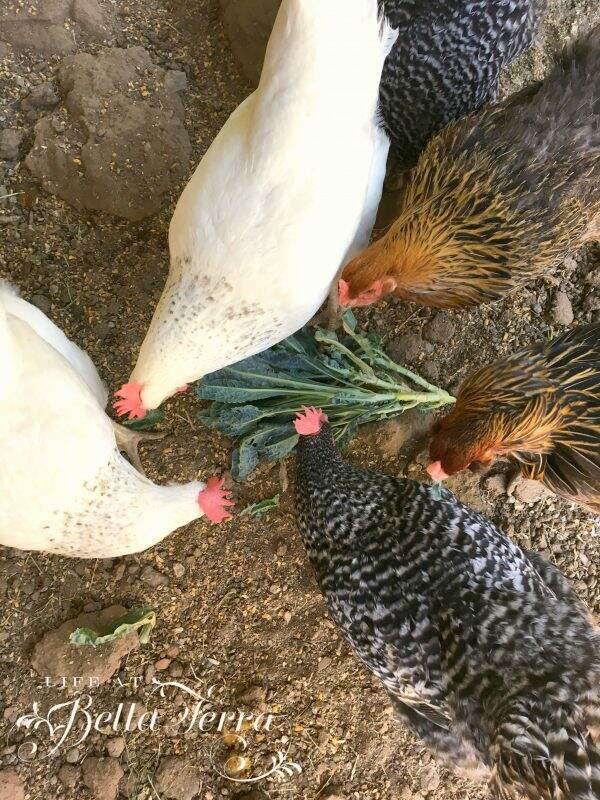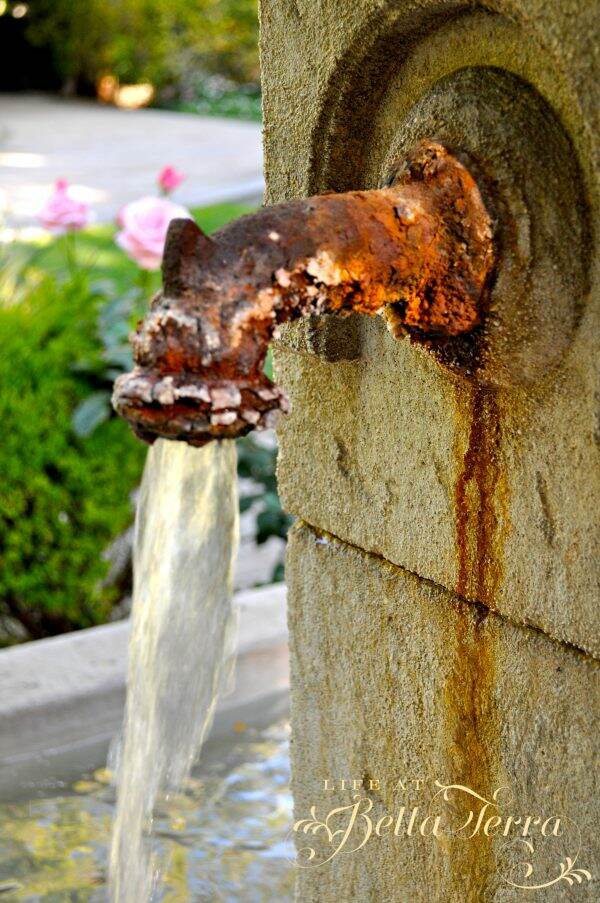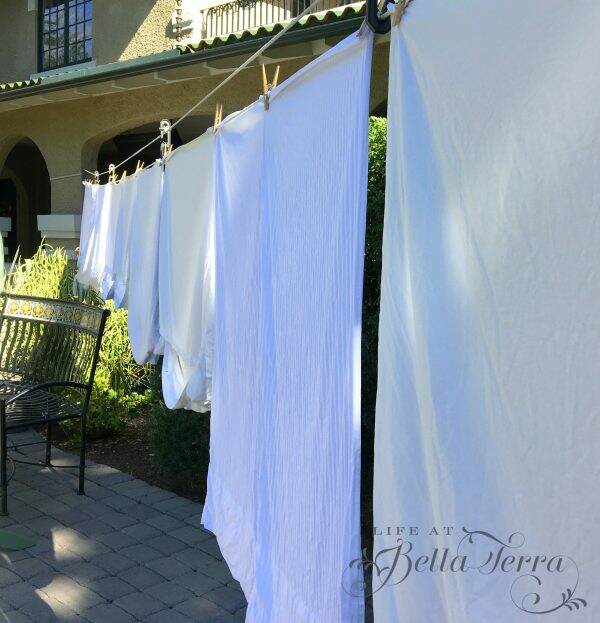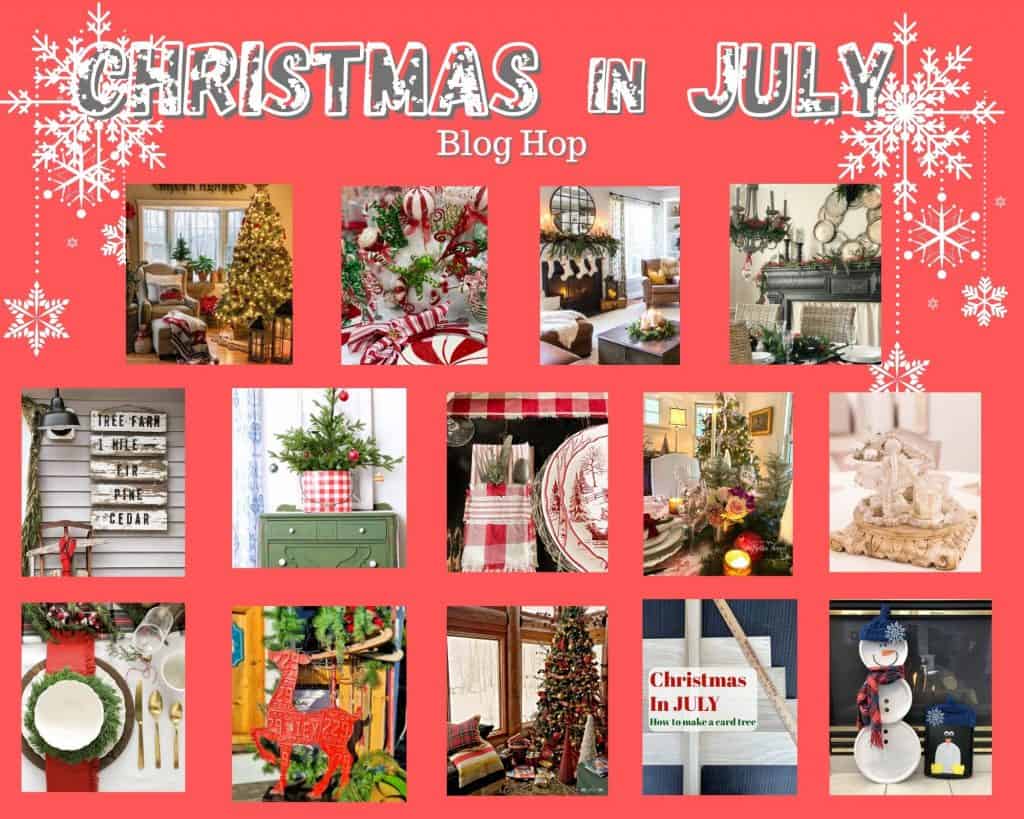Getting Back to Basics
I am from the generation that grew up with one television. The only time we were allowed to watch it was Sunday night. After a bath (there was no shower) and in our jammies, we would all sit together and watch a show. The television was never on during the week but we didn’t seem to miss it. Our lives were full of school, athletics and activities.
Weekends were spent playing down the street with the neighborhood kids. We knew it was time to come home when we heard Dad’s whistle~~you know, the one that you use your middle finger and thumb? The one I never mastered? Heck, I can’t even do a regular whistle.

We were middle class America~~Mom and Dad and five children. It was a good life where there was a clear distinction between right and wrong. There were simple rules to live by, such as “if you can’t say something nice, don’t say anything at all”.
Each of us had our responsibilites~~cleaning the house, doing laundry, mowing the lawn, taking out the garbage. Dinner was always served around a big table. We ate together as a family. We knew that Christmas and birthdays were the only time we got gifts. Grades were very important to my folks and we never wanted to let them down. My parents lived within their means.

It’s time to slow down
Sometimes I think the world is moving too fast. As much as I appreciate what technology has added to our lives, it is difficult to avoid being over connected. Facebook, Instagram, Twitter, Snapchat, 24/7 news, and the hundreds of channels accessible to us. Am I the only one who wants to shut my eyes and cover my ears? When was the last time I laid in the grass and watched the clouds sailing by?

The other day I realized I felt weird without my iPhone. Remember when the only phones in the house were the wall phone in the kitchen with the extra long cord and the extension by the parent’s bed? And you could listen in on someone’s conversation if you slowly and quietly picked up the other receive ?
The need for simplicity
I don’t want to sound like an old person but I long for some of that simplicity. We NEED the quiet, the simple, the honest, and the genuine. Our souls are not fed by the number of Instagram followers we have nor the number of likes on Facebook.

I had a social media epiphany lately. After researching all the ways to get more followers, more likes, more exposure, I realized I was spending hours checking social media. Today, I finally put down my phone and thought, “what the heck am I doing?”

All this research was supposed to help support my blogging. But when I really stopped to think about it, I was straying from my core values. I felt like I was going down the wrong path, trying to become something that didn’t feel honest, genuine or simple. Starting this blog did not include the goal of making money or getting advertisers. It was born from the loss of both my parents…a way for me to document life in order to perhaps slow it down. And here I was trying to increase subscribers, viewers, likes, etc. and wasting hours of my day. For what?

Why I blog
Here are the reasons I started Life at Bella Terra.
1) In this crazy and often cruel world, I want to capture simple goodness. I want to provide to you, my subscribers, a place that is beautiful, creative, thoughtful, educational and interesting. Every day I am so grateful for my life, my world, my family and my home. This gratitude is worth sharing.

Bella Terra is a safe harbor for our children, a warm place for our friends and family, a historical gem for our city. We are its guardians. In what feels like an unsafe world where you are cancelled for having your own thoughts and opinions, everyone is welcome here.

2) This blog allows me to look at my life through a different lens. When you spend a great deal of time in a place, it is a challenge to look at things objectively. How did I not see the really ugly paint color in my kitchen? However, I did see it in my photographs.
When I set a table, it looks good to me. In a photo, the silverware is cattywampus and how did I miss all the dust on the table? I’m learning something new every day. I am seeking more grace in my daily activities.

3) This blog is a living diary. I try and share what makes me happy, what inspires me, and perhaps something new that I have learned. I am excited to share that with you. It is with great hope that what makes me happy, makes you happy.

Quite honestly, I don’t care about Instagram’s algorithm. Nor am I feeling as if I have to post something every day. I have a life to live and why would we want to waste precious time staring at our phones?
My personal goals are to post something on Tuesday, Wednesday and Saturday. However, I will blog only when I am inspired to share something with you, not because of some fake deadline or sense of responsibility.

Thank you for listening to my revelations about blogging and Life at Bella Terra. As always, I love hearing what you like about this blog, what you would like to see more of, and while you’re at it, what you don’t like. If you family or friends are needing a bit of beauty, I hope you refer them here.

So if you feel like life is spinning a bit out of control, put down your phone, turn off the television. Make a connection with someone you love or someone you would like to get to know better. Help someone in need. Find depth and meaning in the simplest of things. The world needs more love, honesty and human connections.

P.S. I wrote this post back in February 2018. And look what has happened since then. We do need to care for ourselves and be graceful and patient with others.




























































































